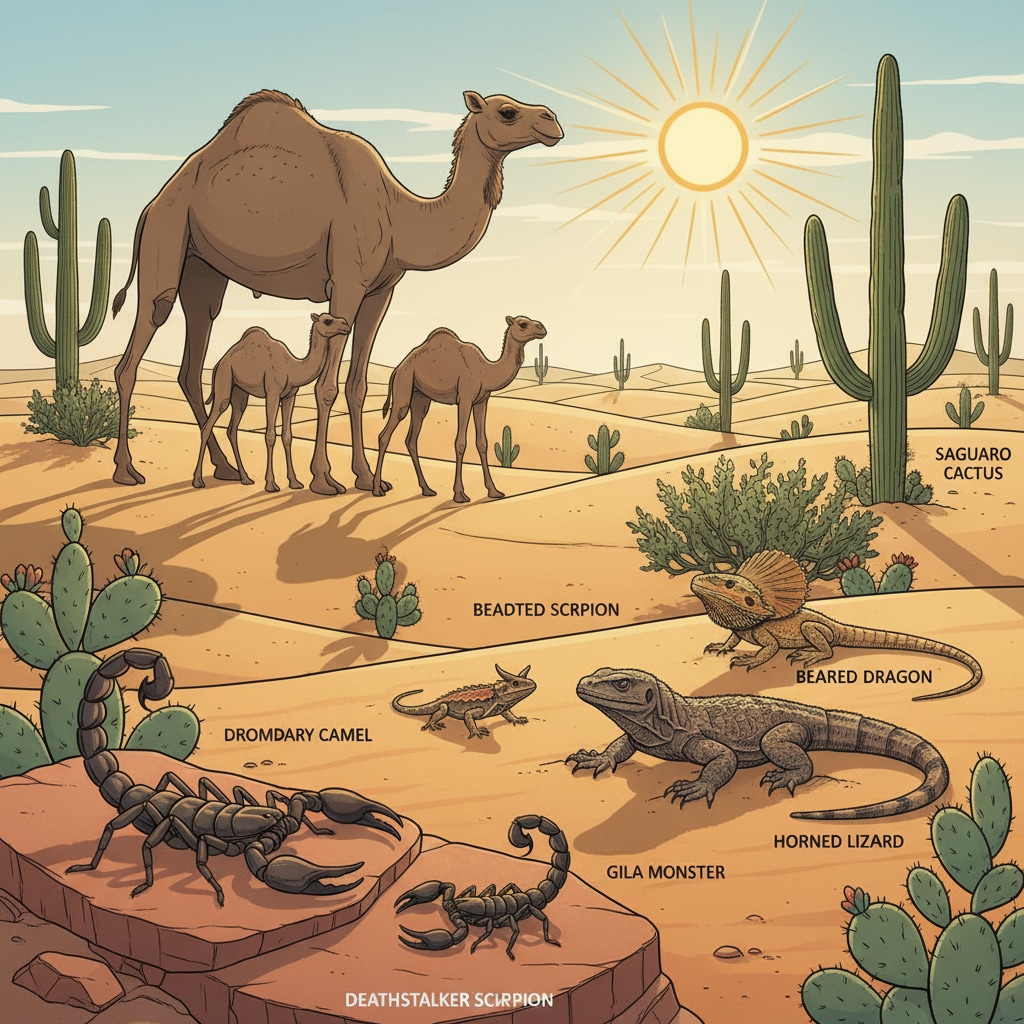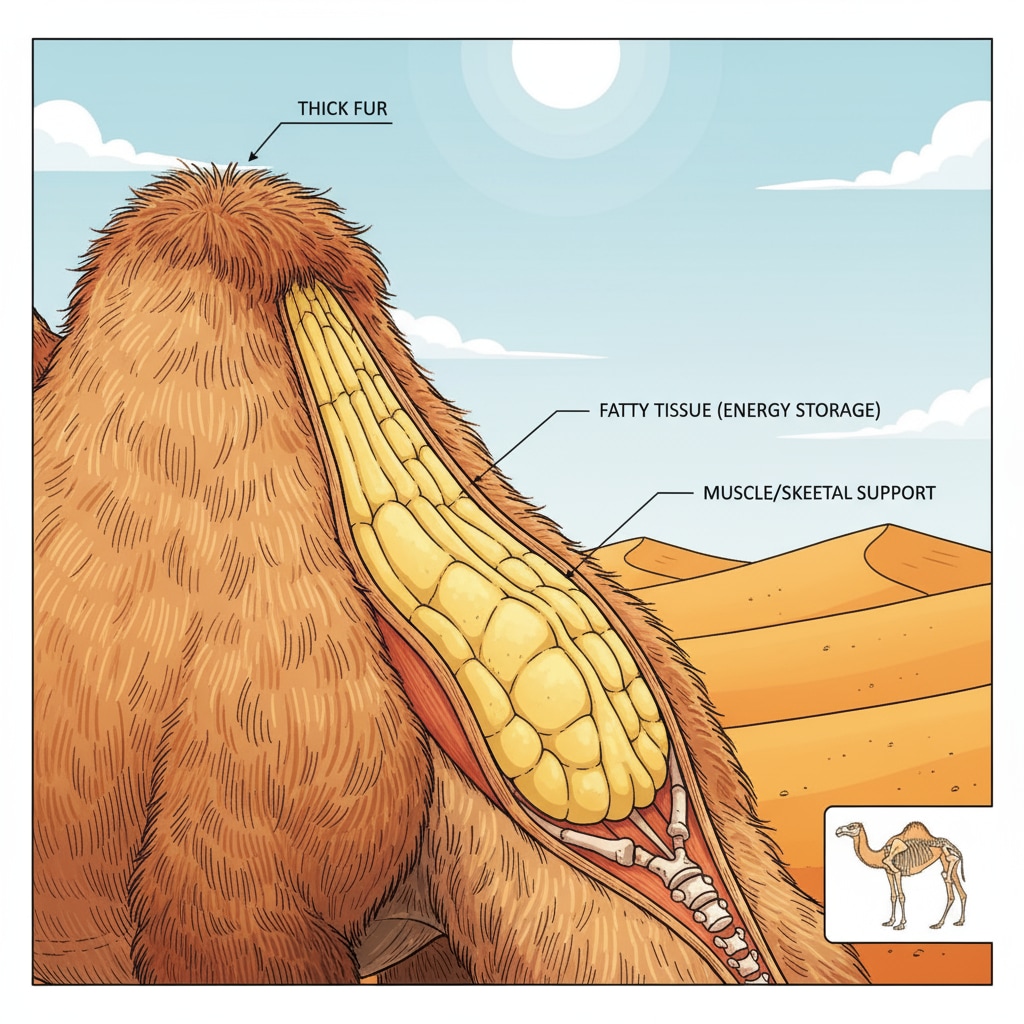Desert adaptation, evolutionary traits, and survival mechanisms are truly fascinating aspects of the natural world. In the harsh desert environment, animals have evolved remarkable ways to survive. Let’s explore how these can be used to enhance K12 science education.

The Wonders of Desert Adaptation
Desert animals have developed unique adaptations to cope with extreme heat, limited water, and scarce food resources. For example, the camel is a classic desert dweller. Its hump stores fat, which can be converted into water and energy during long journeys across the arid desert. This adaptation allows camels to survive for long periods without drinking water. Camel Adaptations on Wikipedia

Evolutionary Traits for Survival
Over time, desert animals have evolved distinct traits that aid in their survival. The fennec fox, with its large ears, is a prime example. These ears not only help it detect prey underground but also act as a cooling system. The large surface area of the ears allows heat to dissipate quickly, keeping the fox cool in the hot desert. Fennec Fox Evolution on Britannica
Another interesting evolutionary trait is seen in desert lizards. They have specialized skin that helps reduce water loss. Their scales are designed to minimize evaporation, enabling them to retain moisture in the dry desert environment.
Readability guidance: We’ve explored some of the amazing desert adaptation, evolutionary traits, and survival mechanisms of desert animals. By bringing these real-life examples into K12 science classrooms, we can make learning more engaging and relevant.


